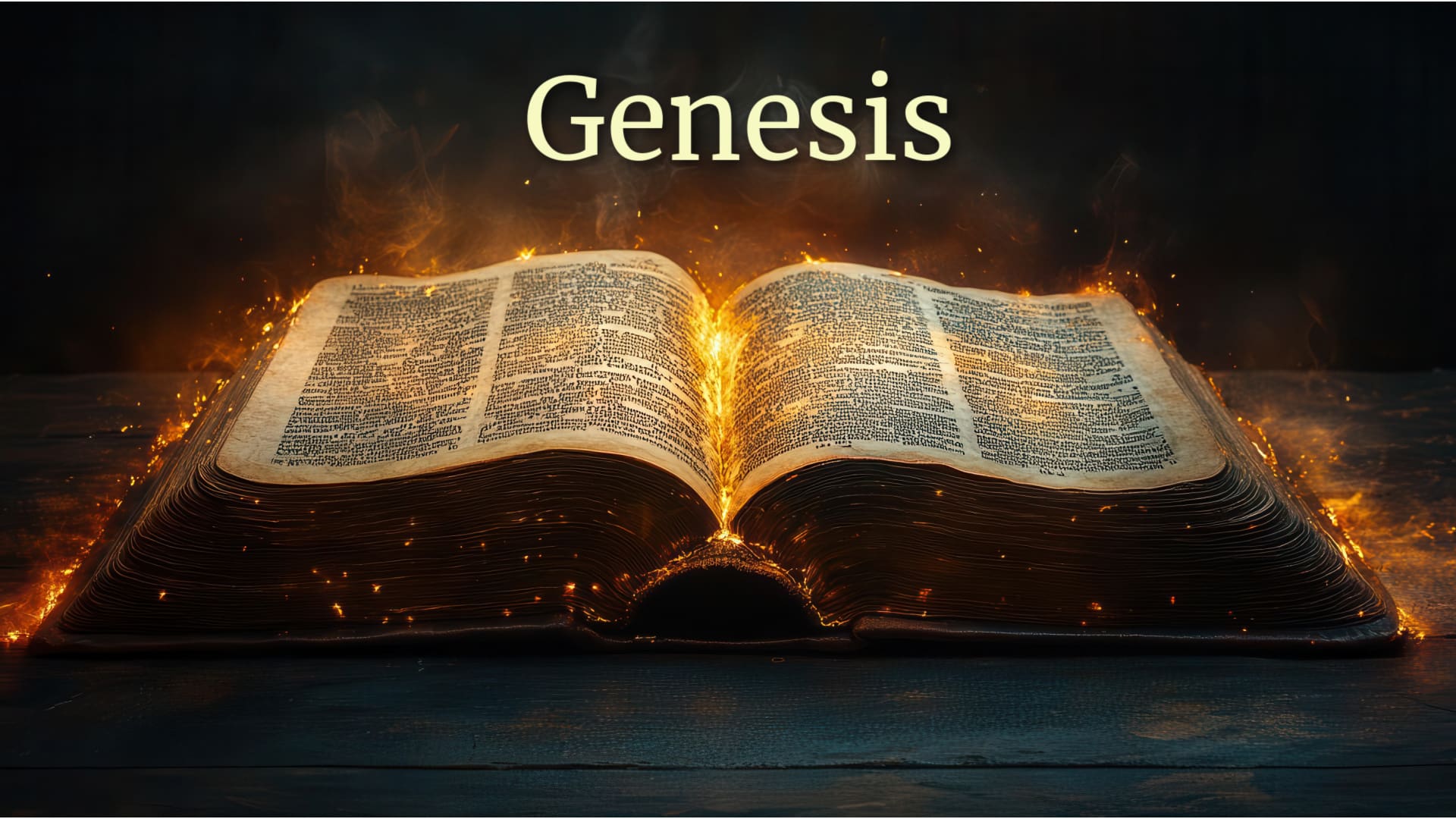
The Two Trees
… the tree of life was also in the midst of the garden, and the tree of the knowledge of good and evil. (Gen. 2:9)
Trees tend to be mere plants to us westerners with little or no spiritual symbolism. Not so with the Hebrews, and for that matter, all ancient peoples. Trees always had a spiritual significance. When Abraham entered the Promised Land, he quite naturally planted groves, and among its trees he worshiped God (Gen.21:33). Elsewhere certain venerable old trees were understood to be connected with revelation and prophetic oracles (Gen 12:6f., 13:18, 18:1, Judges 4:4). Most probably there was a sacred grove within the Temple precincts (Ps. 92:12, 13), which, when we consider the connection between the creation accounts with the Temple, makes perfect sense.
This causes us to pause when considering the two special trees of Eden. They are laden with theological symbolism. First, let’s consider the “tree of the knowledge of good and evil.” Actually, the words “good and evil” make what is called a “merism,” a literary device used in Hebrew to denote two extremes including everything that is between them. In this case, the tree would be better translated as “the tree of all knowledge.” This tree cannot possibly be an essentially bad tree, and we must conclude that since God made it and planted it in the garden, this tree must have been necessary to our humanity. We might even say that what made it evil was purely the divine command against eating from it, and that in time God would have allowed it, perhaps after a time of testing. It has always been a teaching of the Church that however wonderful our pre-fall parents were created, that they were lacking something that only obedience would ultimately give them. (Gregory of Nazianzus, “But it would have been good if partaken at the proper time.”) The fact that there were innocently naked suggests that they had to grow and mature into knowledge, and that this knowledge is associated with this tree.
One might justly ask why God would plant such a tree with such terrible consequences. It certainly would be cruel if it were not for the fact that He planted it in association with the tree of life. This tree can be understood in two ways. First, the tree, once the fruit was eaten, would immediately translate Adam and Eve into everlasting life, as Gen 3:22 might suggest. This assumes that they did not eat of it. This interpretation has at least two difficulties. First, it is hard to believe that if the tree was allowed that they would refrain from taking it. Second, they were already made to live forever, for death came with disobedience, and was not part of their primal experience. Therefore, we understand the tree to function sacramentally. (So John of Damascus, though he doesn’t use the word “sacramental.”) Adam and Eve did, in fact, partake of the tree, and by so doing, received life into their beings. The tree therefore was the physical means by which their relationship with God was maintained. Eating and relationship are inseparable in the ancient world. The divine concern in 3:22 is best understood that now since they disobeyed and entered into a fallen state, if they should continue to partake of the tree of life in this sinful condition, their existence would become one of eternal torment. (See connection with the Eucharist in I Corinthians 11:27ff.)
A criticism of the two tree symbolism in relation to the fall and the origin of sin is the problem of why, if Adam and Eve were in a blessed state in communion with God, they would compromise this by disobeying. The answer to this is in the above paragraph where we said that Adam and Eve were not created with the full knowledge God intended for them. Something was lacking and they sensed this. Shall they obtain this by trusting in God and patiently waiting? Or, shall they risk known pleasures for forbidden pleasures and knowledge? Ephraim the Syrian sees the forbidden tree as the “boundary to the inner region of paradise.”) which would explain its mysterious pull. Therefore, the two trees must be seen in tandem, and everything revolves around free will. From God’s perspective, the risk was necessary to have a real relationship where humanity actually chooses to do God’s will freely, and thus live in authentic union with these creatures made in His image.
These two trees are the primary motifs in the Garden. The fact that there are two of them tells us something about all the other garden motifs we discussed in the last post, and by extension, why everything in this world is binary in nature. This we will work on in our next post.
Takeaway: The whole drama of human existence revolves around these two trees in paradise.
Question: How important are these two trees and what they represent in your life?
Resources: Genesis I, in the Ancient Christian Commentary on Scripture.
0 Comments